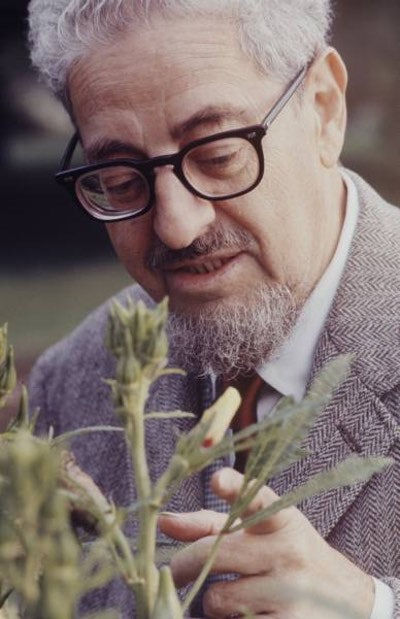History

The History of Organic Farming
"Organic farming is a production system that is managed to respond to site-specific conditions by integrating cultural biological, and mechanical practices that foster cycling of resources, promote ecological balance and conserve biodiversity."
— United States Department of Agriculture
Organic farming developed in the early twentieth century, organic farming emerged in the context of:
-
A crisis in agriculture
-
Construction of biologically oriented agricultural science
-
The Life and Food Reform movements
-
Western awareness of Far East farming cultures

The two World Wars resulted in a crisis within the agricultural industry as they faced an array of issues that ranged from ecological issues to a shift in social and economic stability. This period saw an introduction of pesticides and mineral fertilizers into agricultural techniques throughout Europe and America. This introduction resulted in lower yields in production, as well as societal fears for food quality. Food no longer remained fresh for long, and the pesticides left toxic residue on the produce. The introduction of chemicals into conventional farming also resulted in soil erosion and a decline in crop varieties throughout the country. The 1920s-1930s saw a break down of rural culture, as economic problems, mechanization of agriculture and the industrialized of the food sector led many to leave behind farming for a more economically stable profession.

Image of J. I. Rodale. Source: The New Republic
Initially developed in Europe, the concept of organic farming moved into the United States. Motivated by growing issues in contemporary agriculture, pioneers of the early organic movement turned to a more holistic approach to farming. In the 1940s, J. I. Rodale, the founder of the Rodale Research Institute and Organic Farming and Gardening Magazine, provided the central source of information on “non-chemical” farming methods. Many considered Rodale as the father of the modern organic farming movement in America, and he drew his methods from the work of Sir Albert Howard, a British scientist who observed farming practices in India. Howard argued that agriculture should shift its reliance from chemicals to crop residues, green manure, and wastes of soil.
In 1974, the American Association for the Advancement of Science (AAAS) criticized organic farming, calling it “scientific nonsense” and “food faddists and eccentrics.” They also argued that the “organic myth was counterproductive to human welfare because the myth leads to a rejection of procedures that are needed for the production of nutritious food at maximum efficiency...eroding gains of decades of farming advancements.” This attitude soon shifted seven years later when the AAAS published a research paper that outlined the efficiency and economically competitive nature of organic farms. The article also showed that the techniques used on organic farms use fewer fossil fuels, and resulted in less soil erosion in comparison to conventional farms.
Post-1970s, the organic industry saw a growth in grants and subsidies for organic techniques, as more of the scientific and agricultural community began to accept it as a valid production process. However, there were no established standards or regulations that defined organic agriculture. There was no nation-wide standard that farms were required to meet, and each state could determine the measures necessary based on the production practices and constraints in their area. In 1990, Congress passed the Organic Foods Production Act (OFPA) which required the United States Department of Agriculture (USDA) to develop a national standard for organic good. OFPA also requested an advisory board, called the National Organic Standards Board, to make recommendations for which substances were allowed in organic production and to assist the USDA to create regulations. These regulations and rules were completed and implemented in the fall of 2002.

